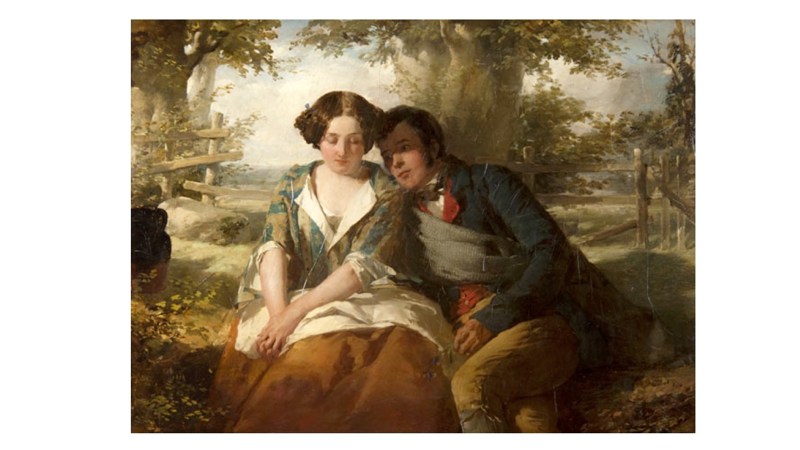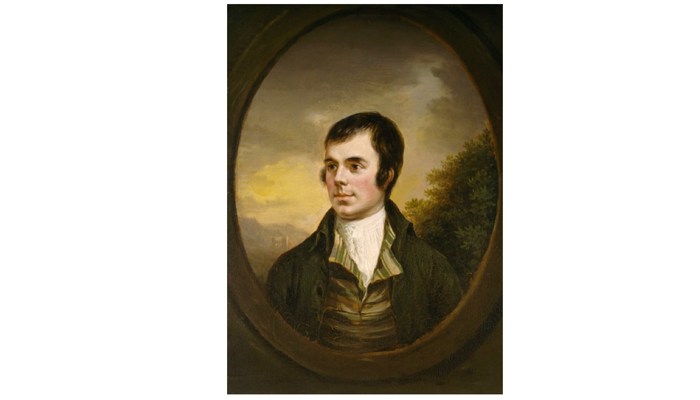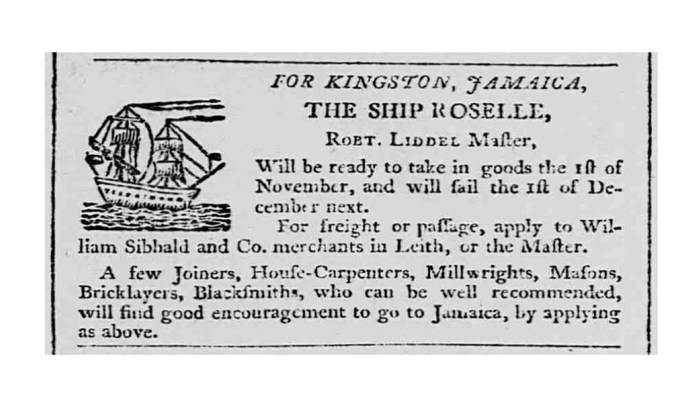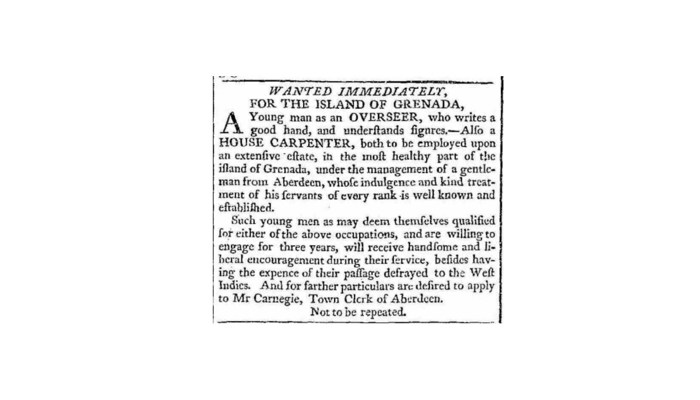The fact that Scotland’s renowned bard considered working on a plantation where he would have been responsible for recording the purchases of enslaved African people, as well as their punishments and deaths, is shocking. Perhaps more staggering, however, is just how many young Scottish men saw involvement in the slave industry as a viable career at this time. Around 17,000 Scots emigrated to the Caribbean between 1750 and 1800, many lured by job advertisements calling for men of practical trades, such as joiners, carpenters and blacksmiths, to work on estates with promises of ‘good encouragement’. The Chief Justice of Jamaica, John Grant, complained on 24 June 1786 that ‘of late swarms come by every ship from Scotland’.
For a man who, like Burns, ‘writes a good hand and understands figures’ there was particular demand as an overseer, with ‘handsome and liberal encouragement’. However, commenting on the role of ‘under overseer or negro driver’ on 18 June 1773, William Grant admitted it to be ‘laborious dangerous to health and disagreeable’ and not the ‘calm sedentary life’ some may have expected. Had Burns travelled to Jamaica, he would no doubt have been appalled by the cruel realities of plantation life where enslaved Africans were forced to work under horrific conditions and were arbitrarily punished and brutally tortured by white overseers or ‘bookkeepers’.
Dr Jo Meacock,
Curator of British Art
Dr Tony Lewis,
Curator of Scottish History
See also ‘Robert Burns & Graham Fagen‘ on the Gallery of Modern Art (GoMA) Glasgow website




